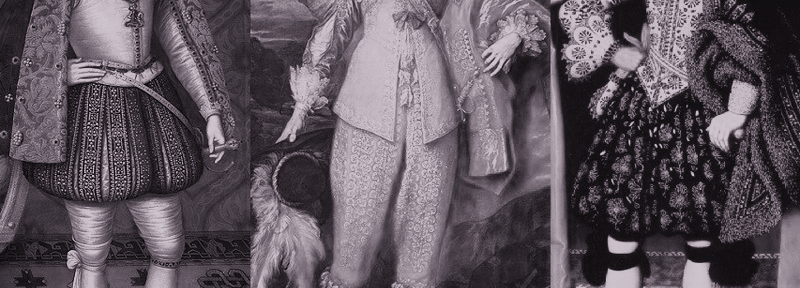This post presents a model for understanding the different ways that people can relate to symbols and their substance. Back in Part 2, I mentioned that, apart from surrogating on symbols, we can use them as symbols, for the indirect benefits we’ll receive from our audience—this post speaks more to that idea. Continue reading
A world of symbols (Part 6): Degrees of understanding








